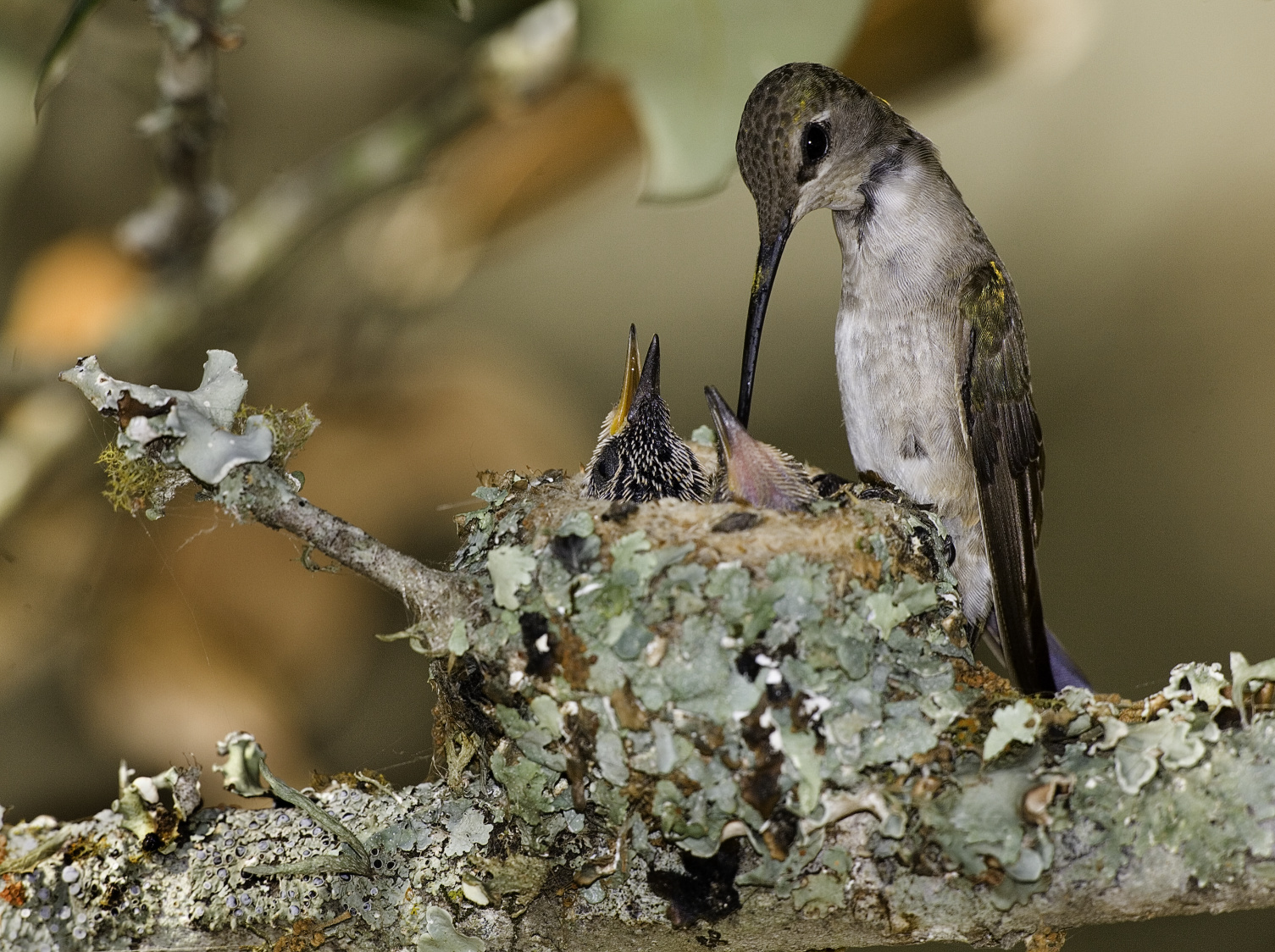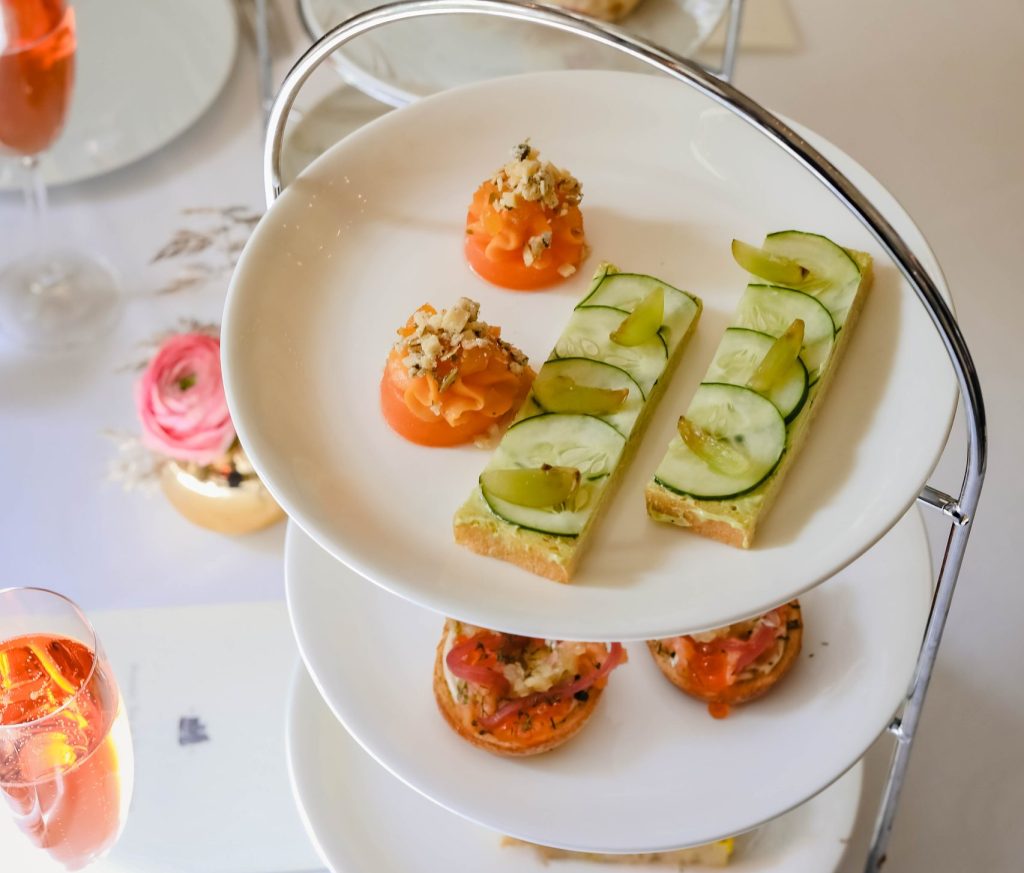
This April 2013 photo shows a female black-chinned hummingbird and her nest in Travis County. Photo by Michael Amador
While washing dishes the other day at my home in Houston, I spied a rustling of bright blue feathers amid the oleander beyond my kitchen window. At the time, I was one week into our temporary reality of homebound social distancing brought about by COVID-19. The preening blue jay was a happy reminder that, somewhere, life—or at least wildlife—was continuing as usual. For those of us trapped at home, bird watching can provide a welcome diversion and a chance to reconnect with nature.
In addition to blue jays, many other common species can be found in our Texas backyards. House sparrows, northern cardinals, mourning doves, house finches, and mockingbirds are all regular visitors. Others, like the ruby-throated hummingbird, can be spotted in the spring while migrating north or nesting in Texas for the summer. City-dwellers frequently encounter the hypnotic murmurations of European starlings and the otherworldly vocalizations of the great-tailed grackle. Texans living in rural areas might catch sight of red-tailed hawks or hear the hooting of a great horned owl at night.
The various regions of Texas host particular species as well. The Texas Parks and Wildlife Department has been compiling checklists specific to different areas, an online resource listing when and where certain birds can be found. For instance, the Piney Woods of East Texas is the only place in the state that is home to the red-cockaded woodpecker, the brown-headed nuthatch, and Bachman’s sparrow.
These checklists are a good place to start for any budding bird watcher. Knowing which birds to look for is the first step, but getting them to visit your backyard calls for additional measures.
“Better than putting out feeders in your yard to attract birds and other wildlife is maintaining a birdbath,” advises Cliff Shackelford, an ornithologist with the Texas Parks and Wildlife Department, “and more importantly, creating a wildscape with native plants that provide nourishment and cover to many backyard species.”
Whereas landscaping might take a bit more time and effort, birdbaths can easily be made from ordinary objects around the house. All you need is a shallow container for water and a way to elevate it: A tray balanced on a stack of bricks would do the trick. Then you just need patience. And plenty of time—a resource in great supply for some of us these days.
Just this morning, I saw a flock of red-vented bulbuls gathering in my backyard near the birdbath. Originally from the Indian subcontinent, this species has somehow made its way across the ocean to the Texas Gulf Coast. I imagined the great distance they had traveled to get here, and I marveled at their freedom of movement, just a little bit jealous.
Tips for Attracting Birds to Your Backyard
Plant native vegetation of differing heights that provide food and shelter.
Install a birdbath and refresh the water on a regular basis. It can be fun to make your own birdbath with supplies on hand, such as a tray.
Provide birdfeeders, especially in the winter months when food is scarce. Most grocers and hardware stores carry birdseed.
Hang hummingbird feeders during the spring and fall migrations. Mix up your own nectar using 1 part sugar to 4 parts water.








